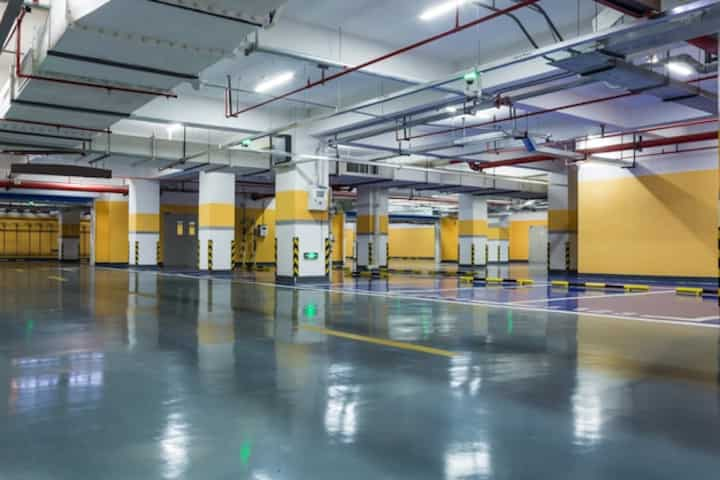
Expert Concrete Waterproofing Services The Best Solutions for Clear and Durable Protection
Concrete surfaces are a foundation of modern architecture and infrastructure, renowned for their durability and strength. However, they are not impervious to the elements. Over time, exposure to moisture can lead to cracks, deterioration, and structural damage. Expert concrete waterproofing services provide essential solutions to ensure clear and durable protection against water intrusion. This comprehensive guide explores the most effective waterproofing methods and technologies available today, ensuring longevity and resilience for concrete structures.
Understanding the Importance of Concrete Waterproofing
Waterproofing is crucial for maintaining the integrity and longevity of concrete structures. Without proper protection, moisture can seep into the pores of concrete, leading to:
- Structural damage and instability
- Cracking and surface degradation
- Corrosion of embedded steel reinforcements
- Mold growth and health hazards
Read more about this topic to understand potential risks and solutions: Read more about this topic.
Types of Concrete Waterproofing Solutions
Cementitious Waterproofing
Cementitious waterproofing is one of the most common methods used in residential and commercial buildings. It involves the application of a cement-based coating mixed with special additives to create a waterproof barrier. This method is favored for its ease of application and cost-effectiveness.
Learn more in this detailed guide on cementitious waterproofing: Learn more in this detailed guide.
Liquid Waterproofing Membrane
A liquid waterproofing membrane is a versatile solution that offers seamless coverage and is ideal for irregular surfaces. The liquid membrane is applied using a roller, brush, or spray, forming a durable and flexible protective layer. This method is particularly effective for roofs, balconies, and terraces.
Explore further insights here on liquid membranes: Explore further insights here.
Bituminous Coating and Membranes
Bituminous coatings and membranes are commonly used in waterproofing basements and foundations. These materials are known for their excellent adhesion properties and resistance to water and chemicals. They provide effective protection in both above and below-ground applications.
Find additional information here on bituminous solutions: Find additional information here.
Advanced Technologies in Concrete Waterproofing
Crystalline Waterproofing
Crystalline waterproofing technology involves the use of a unique chemical reaction. When applied, it penetrates concrete and forms insoluble crystals within the capillaries and pores. This process effectively blocks pathways for water ingress, offering long-term protection. The self-healing properties of crystalline compounds make them an attractive solution for new constructions and repair works.
Read more about this topic: Read more about this topic.
Polyurethane Liquid Membrane
Polyurethane liquid membranes provide exceptional flexibility and strength, making them suitable for areas subject to high movement or stress. These membranes are UV resistant and can be applied to various surfaces, including roofs and balconies. Their rapid curing time and adaptability to different environmental conditions make them a preferred choice for many projects.
Explore further insights here: Explore further insights here.
Choosing the Right Waterproofing Solution
Selecting the appropriate waterproofing solution depends on several factors, including the type of structure, environmental conditions, and specific project requirements. Key considerations include:
- The exposure level to water and environmental conditions
- Budget constraints and long-term maintenance
- Compatibility with existing building materials
- Application methods and ease of installation
Find additional information here on making the right choice: Find additional information here.
Conclusion
Implementing effective concrete waterproofing solutions is essential for prolonging the life and performance of concrete structures. By understanding the various methods and technologies available, property owners and builders can protect their investments against the damaging effects of water intrusion. For a comprehensive exploration of these solutions, learn more in this detailed guide.